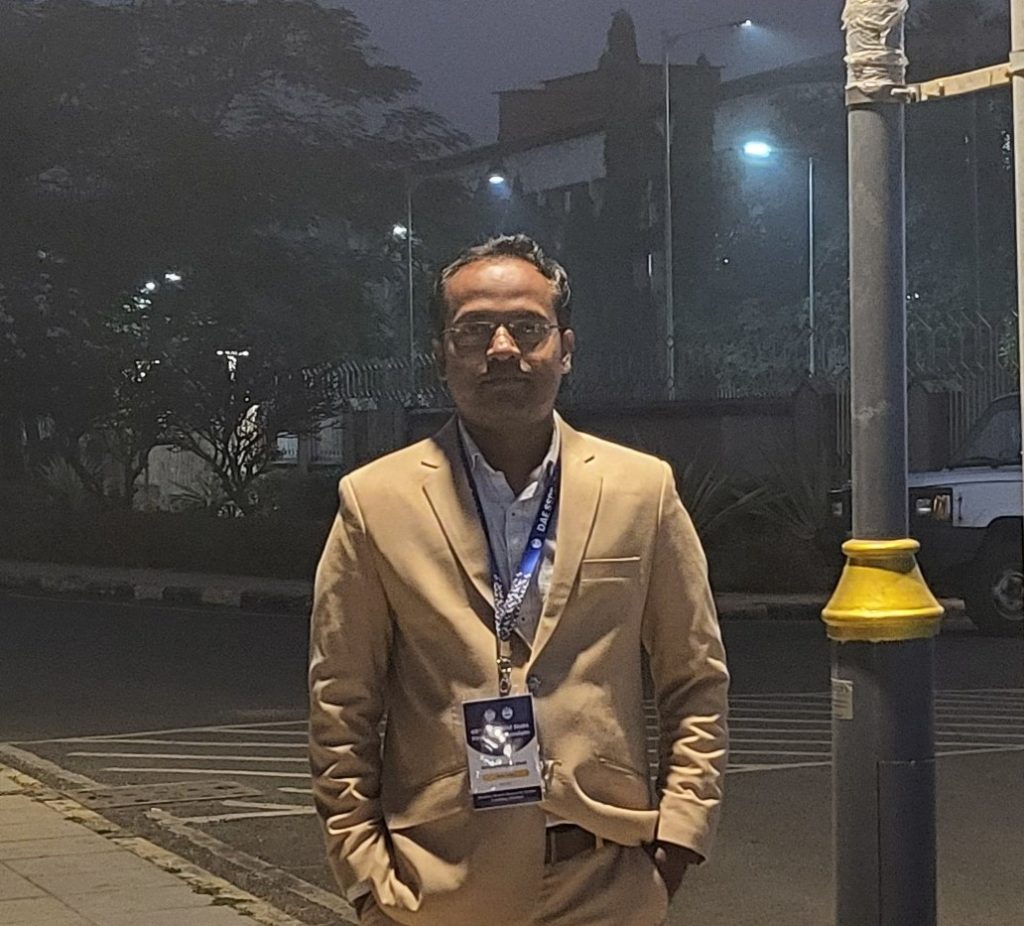Energy Storage Materials
Course Attendees
Still no participant
Course Reviews
Still no reviews
Course Name : Energy Storage Materials
Code(Credit) : CUTM 1399(3-1-0)
Course Objectives
- This course will educate the students the concepts and operation of accessible energy storage systems, significance of energy storage in current scenario, reason and transfer of efficiency losses in different energy storage systems.
- This course is to designed to help the students to provide adequate knowledge regarding nanomaterials in fuel cells, hydrogen Storage, thermoelectric materials (in nano scale), supercapacitors.
- The students will also learn various types of batteries used in modern technology and the intercalation of nanomaterials inside them.
Learning Outcomes
- The students will be able to know the usage of nano-materials in various battery applications (Li ion battery, K ion battery, Na ion battery)
- The students will be able to know the utilization of next generation super-capacitors and its applications.
- The students will be able to understand the use of nanomaterials in fuel cells, various hydrogen storage systems, and thermoelectric materials.
Course Syllabus
Module 1:
Nanotechnology in energy research, Fossil fuels, Nanotechnology in fuel production, Renewable energy sources; Advantages of renewable energy sources.
Module 2:
Thermoelectric materials (bulk), Thermoelectric materials (in nanoscale), Thermoelectric nanocomposites, Applications of thermoelectric nano materials
Module 3:
Supercapacitors, Types of supercapacitors, Design of supercapacitors, Carbon based materials for supercapacitors, Necessary parameters for supercapacitors, Applications.
Practice 1: Energy band gap calculation of a material using UV –Vis spectroscopy.
Module 4:
Fuel Cells: Low temperature fuel cells; High temperature fuel cells; Catalysts for fuel cells and electrolytes; Solid oxide fuel cells; Applications
Module 5:
Semiconductor based Hydrogen production; Selection of nanomaterials for energy harvesting and storage applications; Other significant materials for Hydrogen storage; Thermal energy storage systems
Module 6:
Batteries : Lithium ion battery; Nanomaterials in Li ion battery; Nanomaterials in K ion battery
Practice 2: Energy storage density and efficiency calculation from PE loop.
Practice 3: XRD Analysis of a material having supercapacitor performance.
Module 7:
Aluminium ion battery; Graphene battery; Sodium ion battery
Practice 4: Prediction of the thermodynamic properties of a material using BIOVIA Material Studio.
Practice 5:Determination of HOMO-LUMO of an energy storage material using BIOVIA Material Studio.
Practice 6: Effect of doping and its microstructural analysis towards exploring the energy storage property of material.
Reference Books:
- Robert A. Huggins; Energy Storage, Fundamentals, Materials and Applications
- Kunihito Koumoto , Takao Mori ; Thermoelectric Nanomaterials
- Electrochemical Supercapacitors for Energy storage and delivery; Aiping Yu, Victor Chabot, and Jiujun Zhang
Session Plan
Session 1
Nanotechnology in energy research :
Nanotechnology in energy : A new frontier
Nanotechnology for energy research
Session 2
Session 3
Nanotechnology in fuel production :
Nano science and nanotechnology used in fuel cells for transportation
Session 4
Renewable energy Sources; Advantages of renewable energy sources :
Session 6
Thermoelectric Materials (Nano)
Thermoelectric materials (Nanomaterials)
Session 8
Session 9
Session 12
Carbon based nanomaterials in supercapacitors :
Session 13
Necessary parameters for super capacitors :
Session 14
Practice 1 (2 hours) : Energy band gap calculation of a material using UV –Vis spectroscopy.
Session 15
Session 17
Session 18
Session 19
Session 22
Session 23
| Selection of nanomaterials for energy harvesting and storage applications : |
Session 24
| Significant materials for Hydrogen Storage Applications : |
New Materials for Hydrogen Storage
Session 25
| Thermal energy storage systems : |
Highly efficient thermal energy storage system
How thermal energy storage works?
Session 28
Session 29
Session 30
Session 32
| Sodium Ion Batteries : |
Sodium batteries that can replace lithium-ion developed
Session 33
Practice 3 (2 hours) : XRD Analysis of a material having supercapacitor performance.
Session 34
Practice 4 (2 hours) : Prediction of the thermodynamic properties of a material using BIOVIA Material Studio.
- VLab
Session 35
Practice 5 (2 hours) : Determination of HOMO-LUMO of an energy storage material using BIOVIA Material Studio.
- VLab
Session 36
Practice 6 (2 hours) : Effect of doping and its microstructural analysis towards exploring the energy storage property of material.
Our Main Teachers



Recent Comments